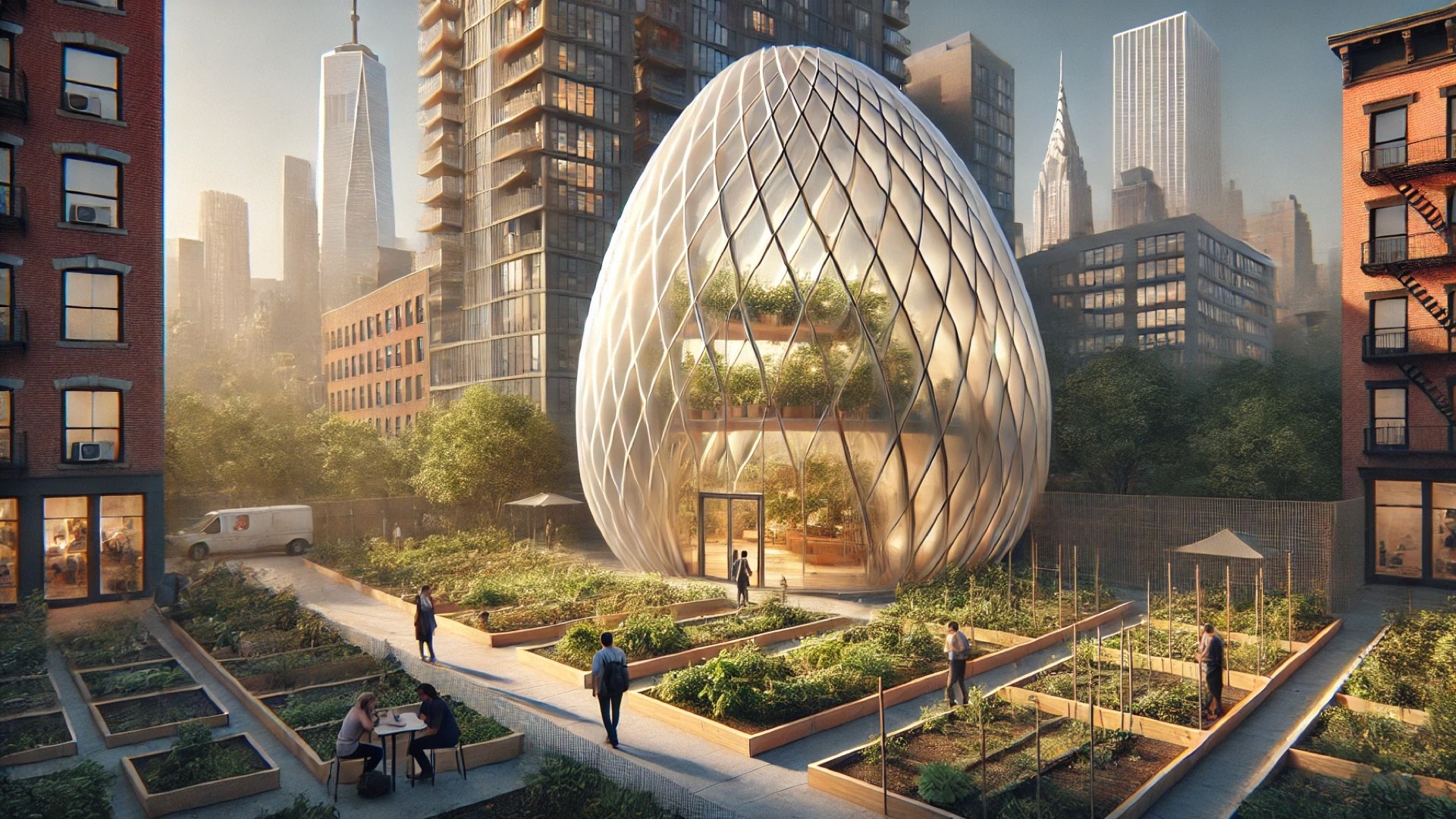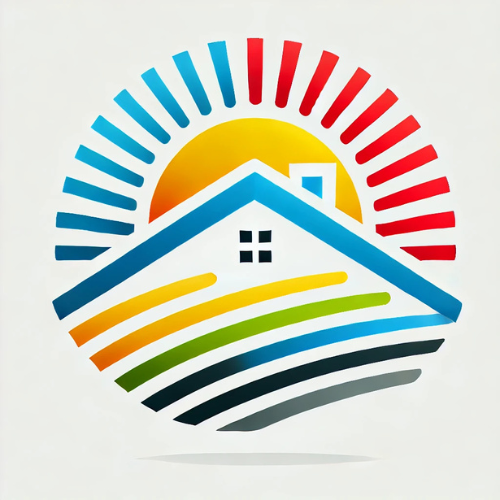
Innovation Meets Sustainability in Urban Gardening
The Ellipse Greenhouse, designed by SAW.EARTH and slated for completion in 2025, is more than just a structure; it represents a forward-thinking approach to urban gardening in Brooklyn, New York. This ellipsoidal greenhouse aims to optimize solar exposure, providing a nurturing environment for plants in the bustling city.
A Community-Centric Design
One of the remarkable aspects of this project is its origin. Initiated by a student workshop, the Ellipse Greenhouse is crafted with collaboration at its core. By involving students in the design process, SAW.EARTH encourages young minds to engage in sustainable practices and architecture, creating a sense of ownership and pride in the community. This hands-on approach not only imbues the space with meaningfulness but also offers students an invaluable learning experience in both environmental stewardship and architectural design.
The Importance of Solar Optimization
At the heart of the Ellipse Greenhouse’s design is its ellipsoidal form. This unique shape is strategically intended to maximize solar exposure, thus enhancing the growth potential for the plants inside. Understanding the science behind how sunlight interacts with structure, the design allows natural light to penetrate deeply, reducing energy reliance for additional lighting. As our cities continue to grow, finding innovative green solutions such as this greenhouse is crucial for sustainable urban agriculture.
Designing with Nature
SAW.EARTH's commitment to working with ecological concepts directly informs the greenhouse's materiality and design principles, which take cues from nature itself. The collaborative effort not only reimagines urban gardening but also prompts deeper conversations about how public architecture can harmonize with environmental needs. Through installations like the Ellipse Greenhouse, there’s a growing recognition that public spaces can serve a dual purpose—beautifying neighborhoods while fostering sustainability.
Bridging Architecture and Community
The Ellipse Greenhouse exemplifies how architecture can extend beyond functionality, engaging communities in meaningful ways. Architects have the power to influence how people perceive public greenspaces and interact with them. As the project moves towards completion, it will set a precedent for future sustainable designs in urban settings, inspiring others to rethink how they utilize space and resources.
In conclusion, the Ellipse Greenhouse not only highlights the importance of sustainable practices in architecture but also serves as a reminder that community engagement is vital in the design process. By prioritizing educational opportunities and environmental consciousness, SAW.EARTH is contributing to a legacy of innovation that balances nature with urban development.
 Add Row
Add Row  Add
Add 




Write A Comment